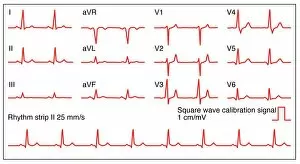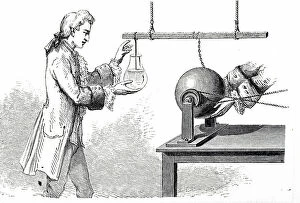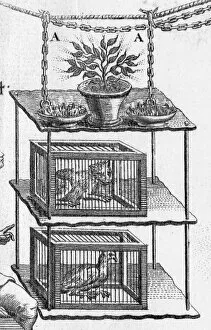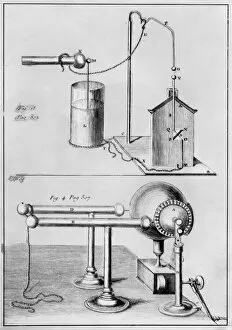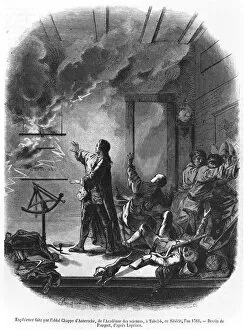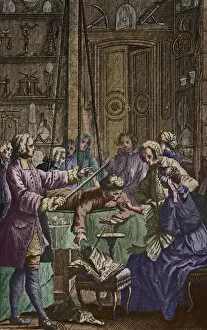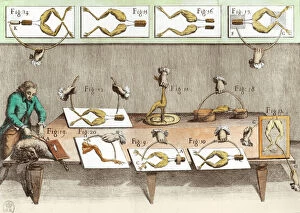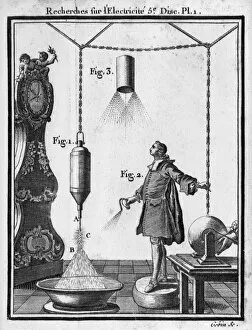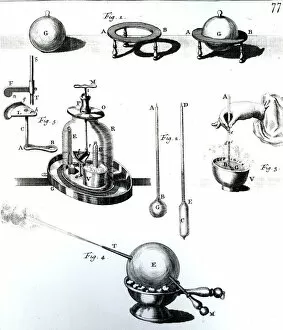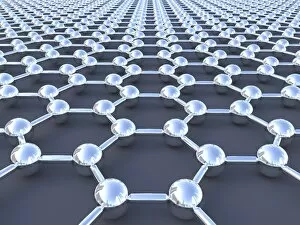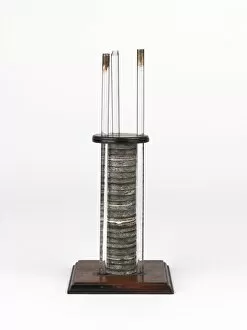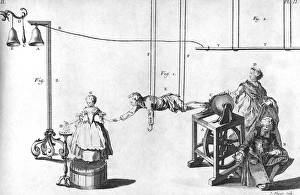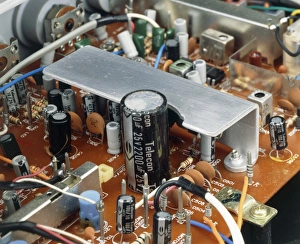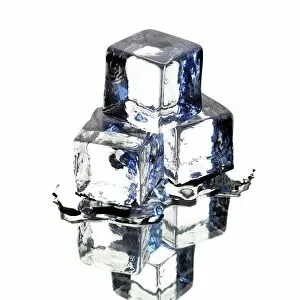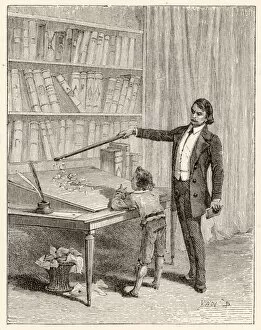Conduction Collection
Conduction: Unveiling the Mysteries of Electricity Step into the world of conduction, where electricity flows and sparks ignite a realm of scientific wonders
All Professionally Made to Order for Quick Shipping
Conduction: Unveiling the Mysteries of Electricity Step into the world of conduction, where electricity flows and sparks ignite a realm of scientific wonders. From ECGs capturing the rhythm of a normal heart rate to captivating artwork depicting electrical experiments, this journey will enlighten your mind. In the 18th century, Abbe Jean Antoine Nollet delved into uncharted territory with his groundbreaking electrical experiment on a man. The apparatus in London's Pantheon stood as a testament to his pioneering spirit, showcasing the power that lay within electricity. As we explore further, we encounter two instruments meticulously designed for studying electricity. These engravings transport us back in time when scholars sought to unravel its secrets and harness its potential. Louis Galvani's late 18th-century experiment on frogs takes center stage next. Through an engraving captured in black and white, we witness Galvani's quest to understand how electricity affects living organisms—a pivotal moment in our understanding of conduction. Jean Chappe d'Auteroche continues this exploration by experimenting with electricity in Tobolsk during 1761. His dedication pushes boundaries as he seeks answers beyond what is known—an embodiment of human curiosity at its finest. Returning to Abbe Nollet's work, we marvel at his ingenious creation—the mesmerizing "Abbe Nollets electricity machine" from 1746. This masterpiece showcases not only his technical prowess but also highlights humanity's insatiable thirst for knowledge and innovation. Finally, illustrations from De viribus electricitatis in motu depict yet another frog experiment—each stroke revealing intricate details about conduction and its impact on nature itself. It serves as a reminder that even humble creatures can unlock profound truths about our electrified world.

